I moved into a house 2 years ago with an old outbuilding business . Inside is a boiler with a long gone nameplate . Its deffinatly a boiler , it used to deliver hydronic infloor heat to a dog kennel business in a concrete slab . The house was built in 1960 , not sure of the kennel but id guess same time period . the infloor is old school , had glycol in it when I demoed some pipes , with a supply , return line out of the concrete , I'm sure the heat was pretty uneven as there is one giant loop . Building maybe 60x20?
Anyways , im wondering if I can recondition this thing to be an outdoor boiler for my house . In the least identify what it is . It has 2 doors on the front and a bottom slide out drawr . one one door says combo , but I see no evidence it ran on oil also which is what the house runs on currently . On a side note the house had a coal boiler tied into the house hydronics so maybe a coal/wood combo?
Anyways , im wondering if I can recondition this thing to be an outdoor boiler for my house . In the least identify what it is . It has 2 doors on the front and a bottom slide out drawr . one one door says combo , but I see no evidence it ran on oil also which is what the house runs on currently . On a side note the house had a coal boiler tied into the house hydronics so maybe a coal/wood combo?


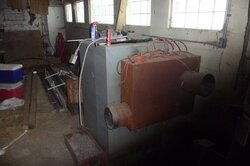
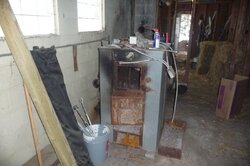
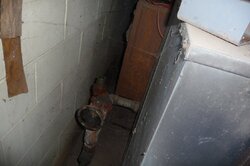
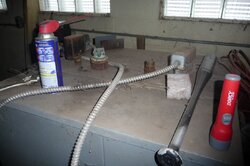
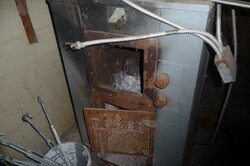
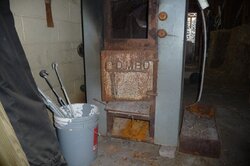
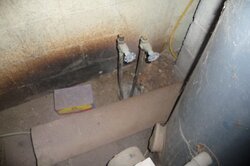
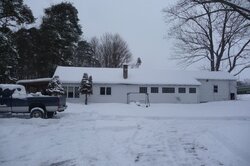
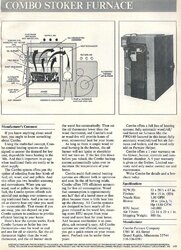
 You were right that is a heat exchanger. that looks just like what i got except i have a boiler hot water supply return on it and missing the return box and fan, also no forced air supply. wonder if they offered a hot water or forced air version? has the domestoc hot water tapes , though i have no internal coil , must have been taken out at some point.
You were right that is a heat exchanger. that looks just like what i got except i have a boiler hot water supply return on it and missing the return box and fan, also no forced air supply. wonder if they offered a hot water or forced air version? has the domestoc hot water tapes , though i have no internal coil , must have been taken out at some point.